The New England Conservatory cello professor describes how to vary hand position to produce your desired vibrato sound

The following article is published as part of a larger Technique feature on vibrato and hand position by cellist Paul Katz in The Strad’s July 2017 issue, out now– download on desktop computer or through The Strad App.
It isn’t difficult to teach the vibrato motion. But as simple as it is, it is also incredibly complicated to master, because good, appropriate, musical vibrato is subjective and core to one’s communicative intent and artistry. Vibrato is often taught just as a motion, and I think that is a mistake. More time should be devoted to how the ear controls that motion. It’s amazing, if you say to a student, ‘Listen to the pulsation and find a sound you like,’ how their awareness increases and the vibrato changes. Vibrato for its own sake will not automatically fit the character of the music. As I often say, ‘Vibrato is tied to the heart; how we vary it helps us express moods, characters, and emotions. Vibrato is a defining quality of each person’s unique sound and artistry.’
Hand Angle
There are two basic hand set-ups on the cello: slanted (figure 1) and squared off (figure 2). In the squared-off position, the vibrato motion rotates; in the slanted position, the vibrato becomes more of a forearm pumping motion parallel to the fingerboard. There are examples of many great cellists playing both ways, and the sound is quite different.

FIGURE 1Emanuel Feuermann played with a slanted hand angle

FIGURE 2Pablo Casals’s hand position was more square
To read the full vibrato article by Paul Katz, including sections on PITCH CENTRE, VARYING VIBRATO SPEED and VARYING VIBRATO AMPLITUDE, plus EXERCISES TO USE IN YOUR OWN PRACTICE, downloadThe Strad’s July 2017 issue on desktop computer or through The Strad App.
Watch videos on vibrato hand position and varying vibrato speed from Paul Katz's cellobello website below:
Paul Katz Photo: Andrew Hurlbut / NEC

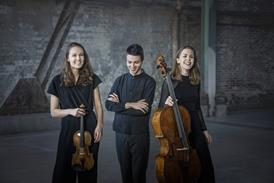
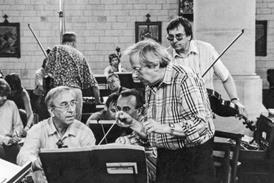
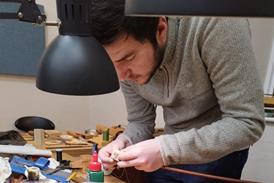
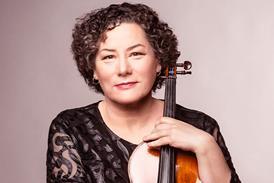
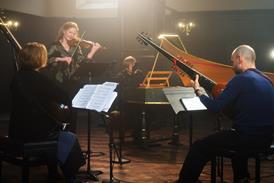
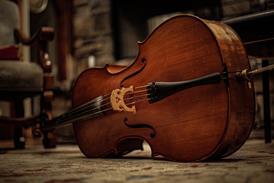




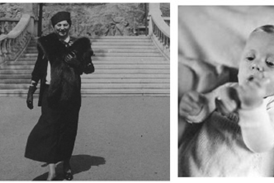
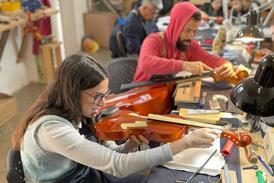
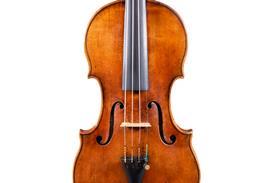
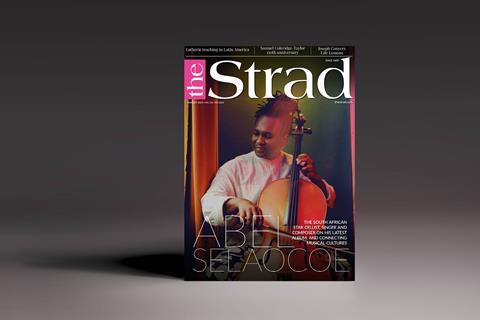







































No comments yet